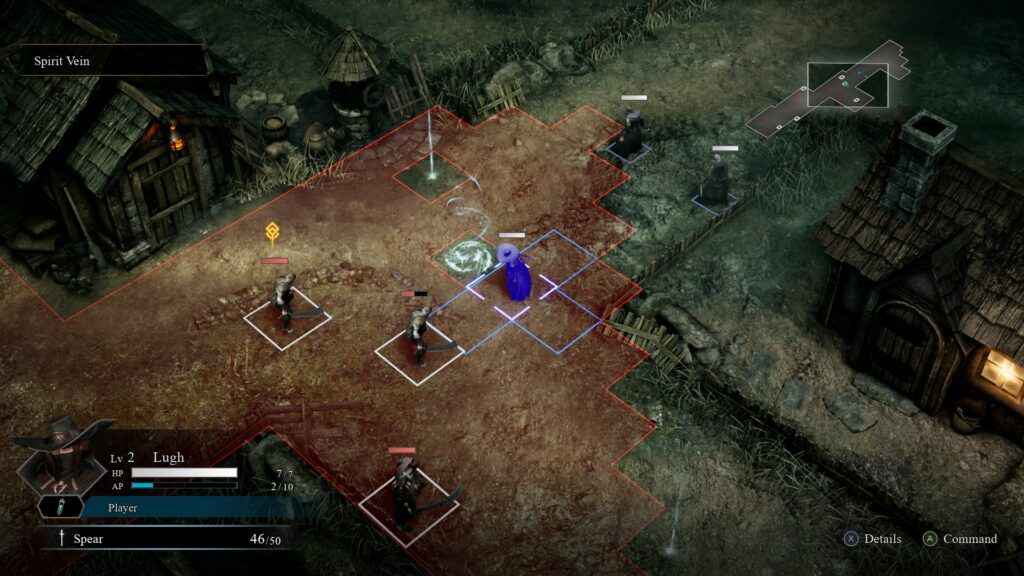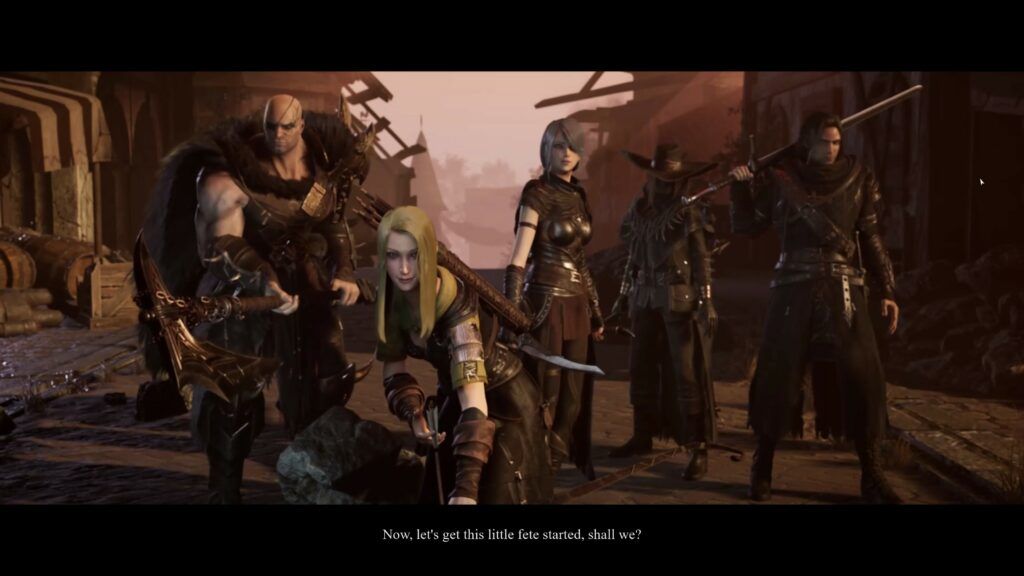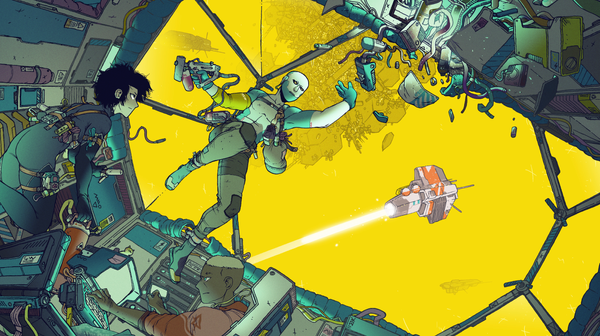Redemption Reapers - Small Party Fire Emblem with an Action Economy

Written by Rinoa Carmichael
Redemption Reapers borrows a lot from the Fire Emblem brand of tactical RPGs. This makes sense given Masayuki Horikawa has been working on Fire Emblem from Tracia 776 (1999) until 2015’s Fates. Redemption Reapers however discard one of the most notable things about Fire Emblem for me which is the large party.
Even in the smallest scale Fire Emblem games, you quickly amass a party of 10 or more characters. Often, you have so many extra units that you are only picking a fraction of them for a given map.

Redemption Reapers has five party members, you’ll have your full party pretty quickly into the game. Following the Fire Emblem style, the mechanical complexity of these characters isn’t particularly complicated. With most characters only having 2-3 abilities, partnered with a fairly limited number of customisation options, it makes the systems of the game really easy to grasp.
Whenever I play a tactical RPG, I am always worried about the building being overly complicated when what I enjoy more is the actual process of battling. Redemption Reapers seems to agree with me on this too.
Battles are pretty classic tactical RPG stuff, but we have some smart maps that can encourage you to push your resources if you want extra bonuses, balanced in a way that’ll kill you if you are stupid, but reward you for playing smart, letting you kill foes satisfyingly quickly. There are a few main points for combat that really separate this from the very visible Fire Emblem roots.

The first is an emphasis on follow-up attacks. If you attack a foe and another ally is within striking range, they can follow up. These follow-ups cost nothing, which means careful consideration of positioning and ordering of actions can lead to a massive boost in effectiveness.
Second is the action point system. Units can have up to 10 AP stocked at a time, everyone’s basic attack costs six, units can do additional actions providing they have AP, and many environmental interactions like opening chests cost nothing. Over the course of a map as well, units can increase their AP cap, allowing them to sometimes attack twice in a turn, which can make the start and end of a map feel quite different.
The last big game changer is after doing an action, units can spend their remaining movement. This means that possibly in a turn you could attack, move, open a chest along the way, and move again. Which, if you are used to Fire Emblem sounds like some crazy luxury.

These changes combine to give your small party of five a lot of options while keeping a lot of the fairly simple moment-to-moment mechanics that make Fire Emblem distinct and different to things like Tactics Ogre where complicated character building or large verb sets can slow down the game.
Although what does slow it down is the fact it’s not easy, and doesn’t provide a lot of options to alleviate that. You can grind, but those stats won’t carry you that far. It will punish you if you aren’t careful. While there isn’t permanent character death, if anyone does die in the opening half of the map it can feel like you literally don’t have the action economy to keep up. A problem that only gets stronger as the game goes on. Maps also can start to run a little long, which means resetting can feel like a slog, making it only feel more punishing.

I have not finished the game yet so I can’t give a final review. I am enjoying it quite a bit. It takes something I love, clearly understands it and changes it up in a lot of good smart ways. For me, the difficulty mostly works in my favour, although failing a map only to have to restart the 20-minute mission always hurts. The cutscenes often have great direction, and there is sometimes text that implies a story is happening. From what I have played so far if the price is something you can afford, I’d recommend it.



